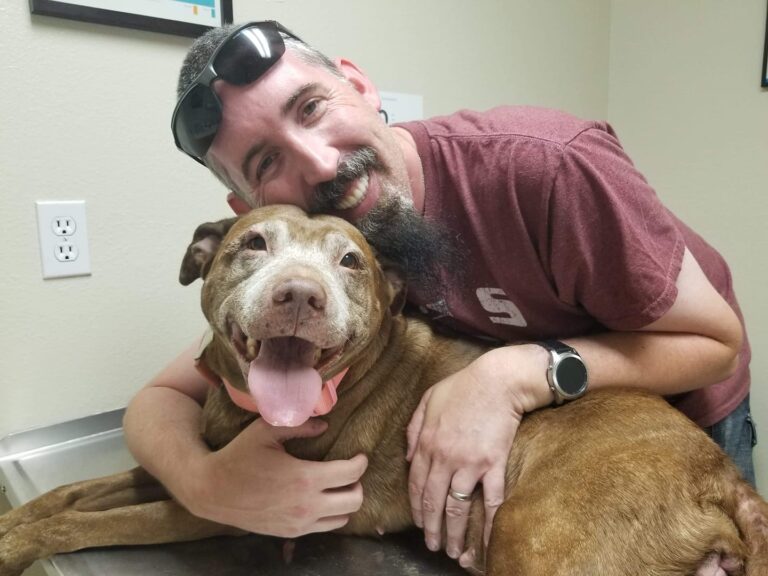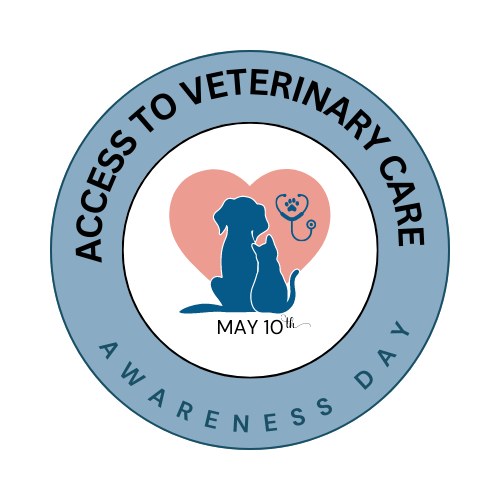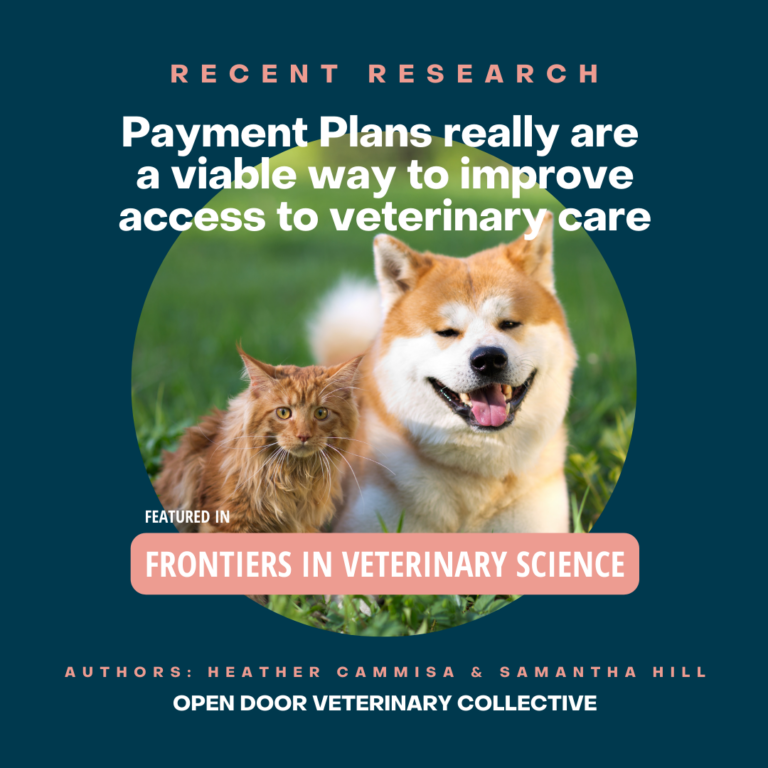
From Walmart to Wisdom: The Quiet Shame of Struggling with Vet Costs
What began as a quick errand to Walmart turned into an unexpected, meaningful encounter with a woman whose story sheds light on the quiet shame many pet owners feel when they can’t afford veterinary care. As she shared her experiences of loss, grief, and the financial burden of emergency vet bills, I was reminded of how often pride and shame keep pet owners from seeking the help they need. This encounter speaks to the broader issue of making veterinary care more affordable for all, so that no one has to suffer in silence…especially our pets.






